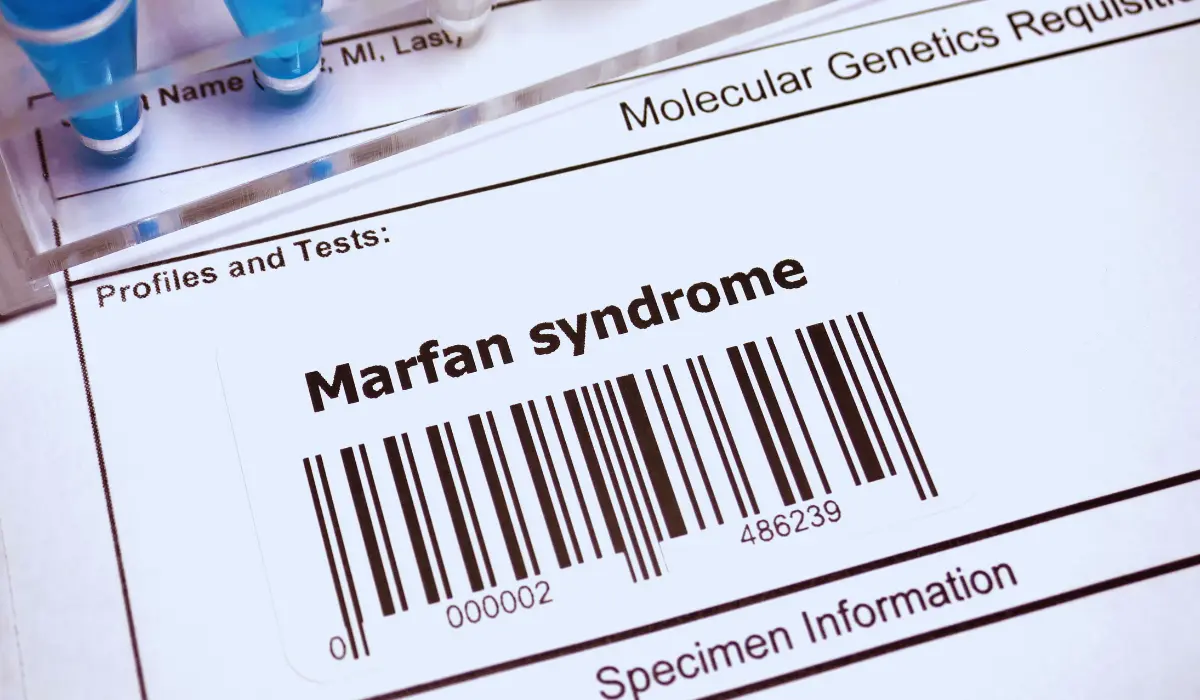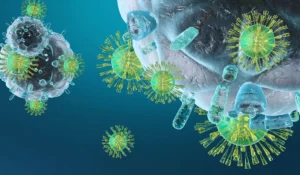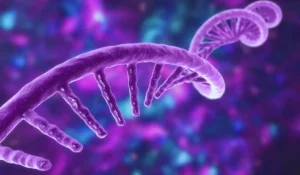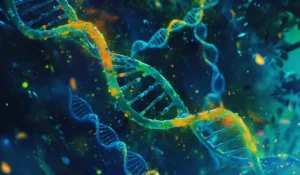What is Marfan syndrome?
Marfan syndrome is referred to as a rare genetic condition in which there is a malfunctioned connective tissue affecting an individual’s heart, blood vessels, skeleton, eyes and lungs.
In normal cases, microfibrils are filled up in the interstitial space of our various body tissues. Microfibrils are well-built rope-like structures that supply integrity to the tissues and shape the connective tissue. Each microfibril consists of cellulose and glycoproteins like the fibrillin protein.
Also, microfibrils can form a scaffold for proteins like elastin in some cases. Elastin fibers are majorly cross-linked resulting in a rubber-band like material that permits tissues to stretch and then bounce back to its original shape.
Arteries, skin and lungs are the tissues which contain elastin fibers, while tendons and ciliary zonules that holds eye lens in our eye are the tissue that do not have an overlying elastin layer but have microfibrils. These types of microfibrils or fibrillin are less stretchable but they do have significant tensile strength.
Fibrillin also regulates growth of the tissues by removing TGF-β or the transforming growth factor beta that stimulates tissue growth. Therefore, this fibrillin takes down the TGF-β that is there for stimulating growth.
What is the cause of Marfan syndrome?
Marfan syndrome is a genetic disorder meaning it is caused by gene mutation. Here, mutation occurs in the FBN1 gene that is located on chromosome 15 leads to Marfan syndrome.
Also, It is an autosomal dominant disorder i.e. one mutated gene copy will cause the condition even though there is another normal gene copy. In other words, a heterozygous mutation meaning mutation in only one chromosome in the chromosomal pair is enough to cause this disorder.
So, The FBN1 gene encodes Fibrillin-1 protein, one of three fibrillin subtypes. In this syndrome, fibrillin-1 is either less abundant or dysfunctional resulting in fewer or no functional microfibrils in the extracellular matrix leading to low tissue integrity and elasticity.
We know that connective tissue is present all over the body and hence this affects almost all body systems. Also, TGF-β does not get productively removed or sequestered and hence this TGF-β signaling becomes too much resulting in excessive tissue growth.
What are the symptoms of Marfan syndrome?
The most evident physical characteristics of Marfan syndrome is in the skeleton i.e. there is abnormal growth of long bones resulting in tall individuals with long arms and legs. These typical body features are called Marfanoid body habitus.
These types of people have long, thin fingers and toes referred to as arachnodactyly that resemble the long legs of spiders. In addition to it, there is excessive growth of ribs causing pectus excavatum, which is a condition in which the chest sinks in, or pectus carinatum, which is a condition where the chest points out.
Furthermore, there occurs Scoliosis where there is a sideway curve of the spine, then incapacity to extend elbows to 180 degrees, joints that are flexible, a downward lean of the eyes and a narrow palate
The next affected tissue is Skin where Marfan syndrome causes stretch marks. While in lungs, bullae is formed which are vast spaces causing difference in the normal lung architecture and results in the formation of pneumothorax.
In eyes, Marfan syndrome is a trigger factor for retinal detachment and an upward dislocation of the lens.
In particular, the major characteristics of Marfan syndrome is cardiovascular. Progressively, aorta dilates risking for aortic valve insufficiency where blood escapes back into the left ventricle in the course of diastole.
Additionally, the aorta goes through cystic medial necrosis in which the central portion of the aorta valve called tunica media undergoes degeneration. This dilation and cystic medial necrosis wear out aorta leading to aneurysm, dissection and rupture.
Aneurysm refers to vessel burst that further weakens the walls, whereas dissection is tear that occurs in the intima or the inner wall leading to blood flow to false lumen in the vessel wall which occludes the normal flow of the blood. Lastly, breakage or aortic rupture is a complete tear through all 3 layers of aorta, allowing blood to break out the vessel. Note that all these complexities can be fatal.
Besides, Marfan syndrome is a trigger factor for mitral valve prolapse which is a disease where the mitral valve bows or flops back into the left atrium during systole.
These characteristics may not be found in all patients affected with Marfan syndrome and these features could be either more severe or less severe.
Over and above that, Marfan syndrome is not generally observable at birth and therefore, symptoms arise by degrees as the kid grows. However, when the features are noticeable at birth, it is called early-onset or neonatal Marfan syndrome.
How is Marfan syndrome diagnosed?
The diagnosis of Marfan syndrome is mainly based on clinical features like aortic disease, lens dislocation, and family history. Sometimes, genetic testing is done to confirm FBN1 mutation.
What is the treatment for Marfan syndrome?
Treatments are given based on the clinical features since there is no cure for Marfan syndrome. For instance, if there is dislocation of the eye lens, it is removed and replaced by an artificial lens. And if the aorta widens, surgery is done to repair it so that it does not rupture or get dissected.
Also, to slow down aortic dilation, beta blockers are given. Angiotensin receptor blocker, losartan which reduces TGF-β signaling is also given along with beta blocker to accelerate the slowing down of aortic dilation.
Quick summary:
Marfan syndrome is an autosomal dominant genetic disorder caused due to mutations in FBN1 or fibrillin 1 gene that is located on chromosome 15.
It leads to little fibrillin microfibrils in some connective tissues affecting their strength, elasticity and upregulating TGF-β signaling.
The most evident feature of Marfan syndrome is in the skeleton and the major characteristic of it is cardiovascular, specifically in the aorta.
Reference
Encyclopedia of Molecular Mechanisms of Disease by Florian Lang
Encyclopedia of Molecular Biology by Thomas E. Creighton
Rare Diseases: Integrative PPPM Approach as the Medicine of the Future from Springer







